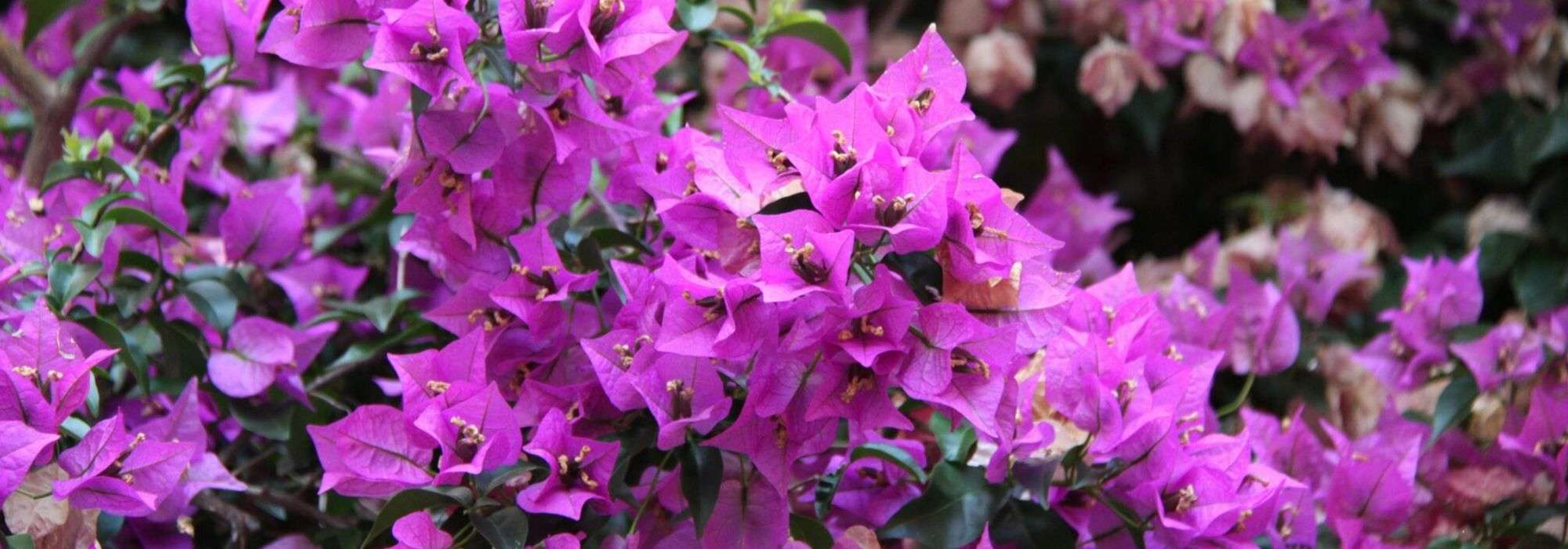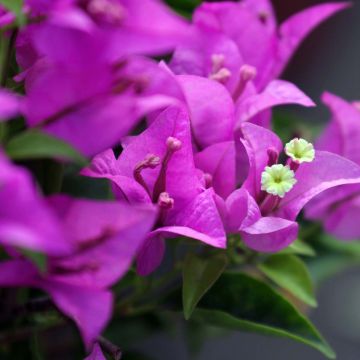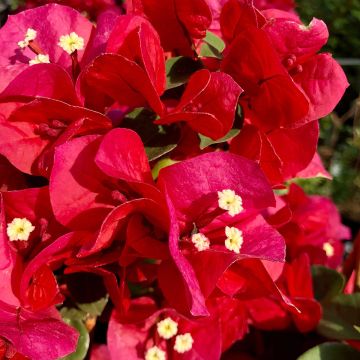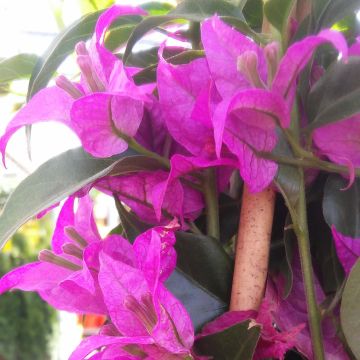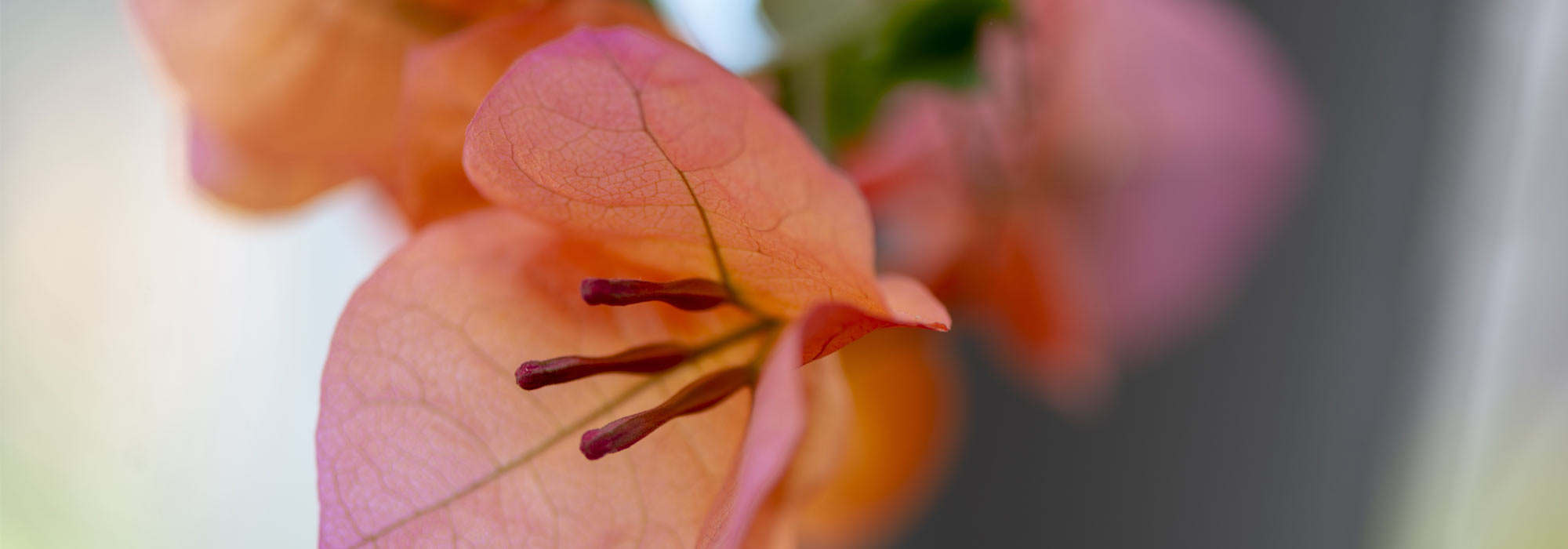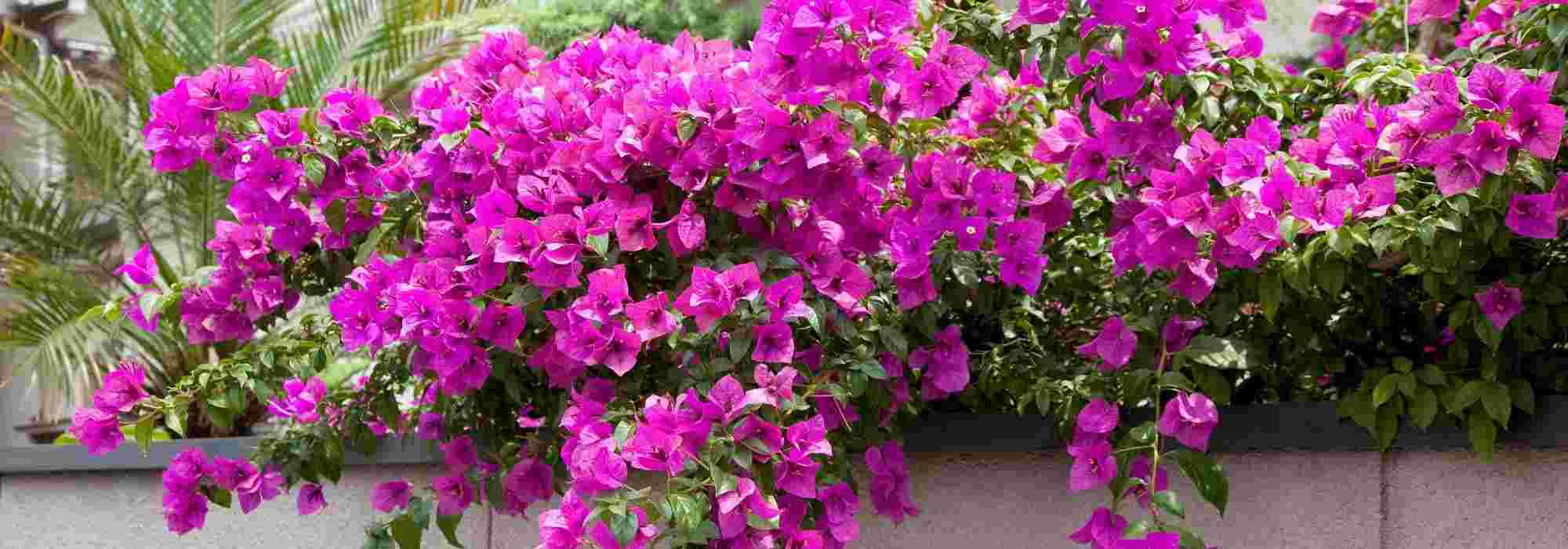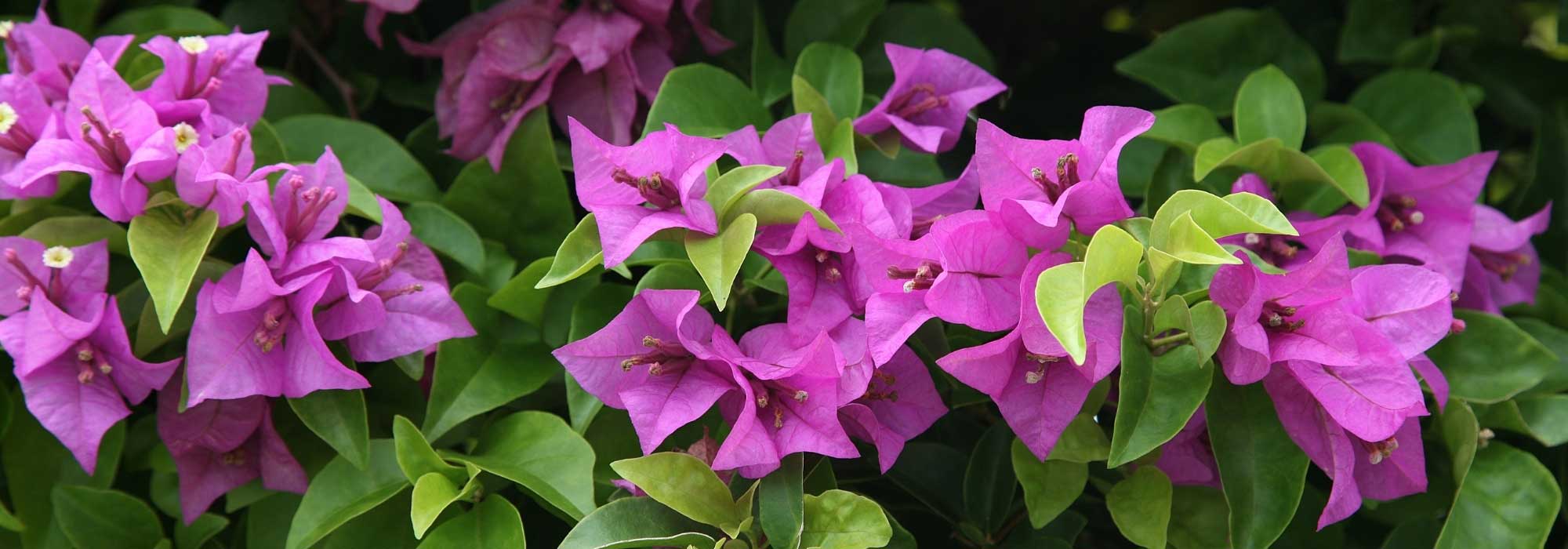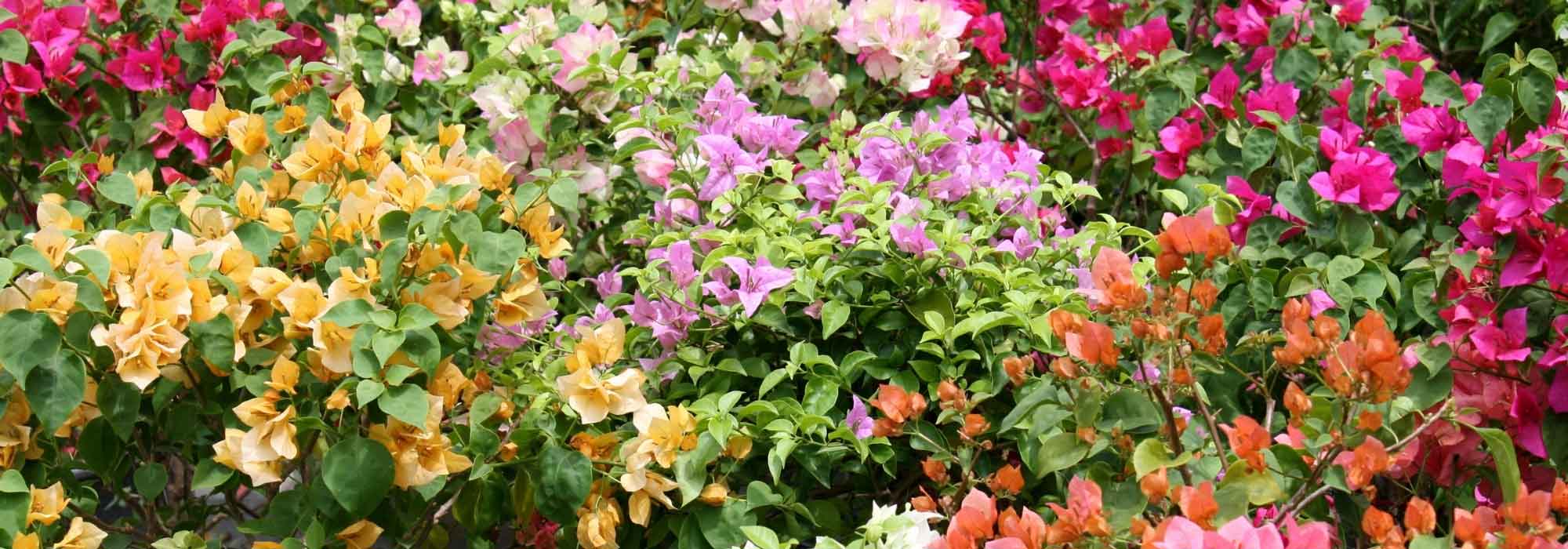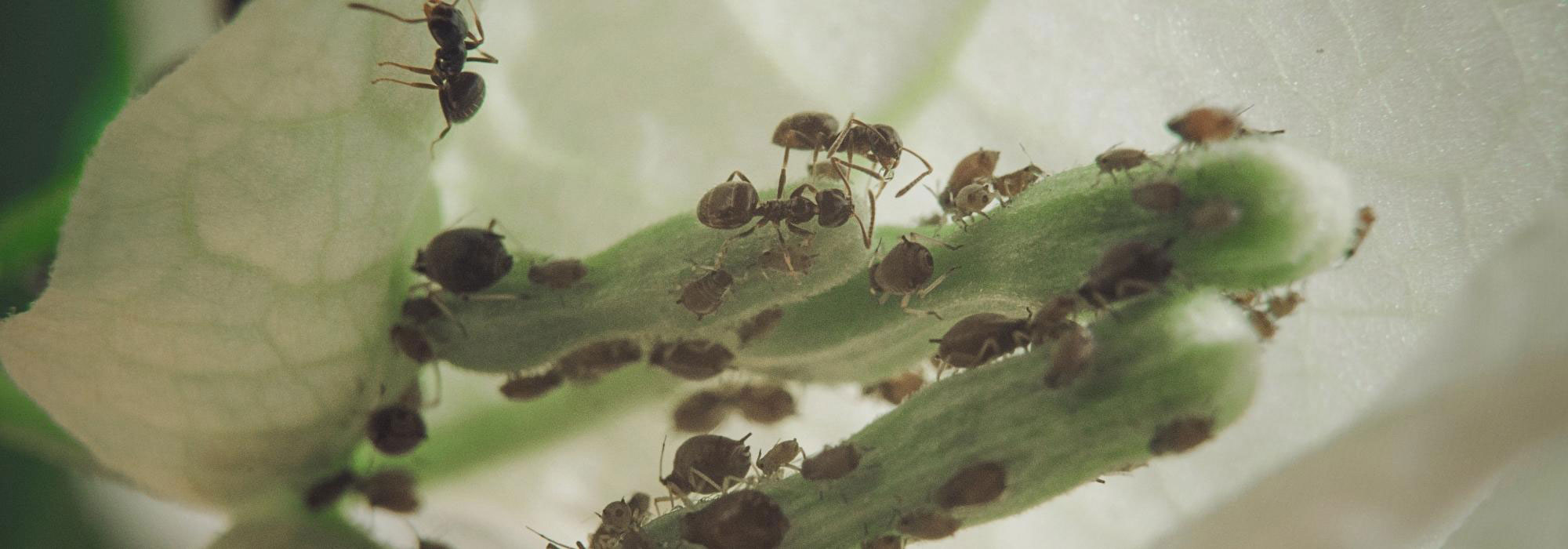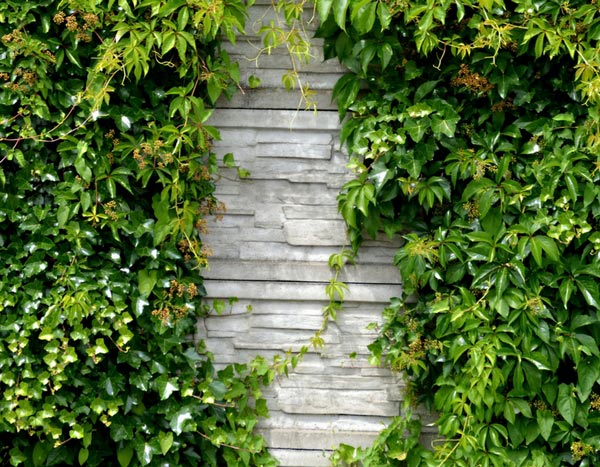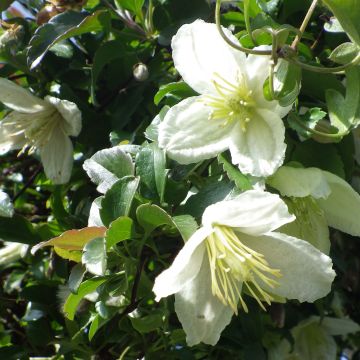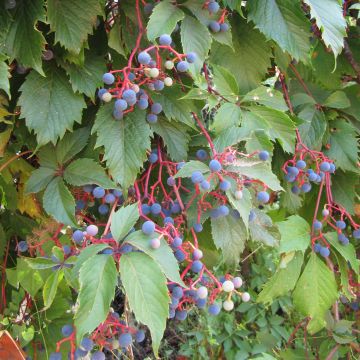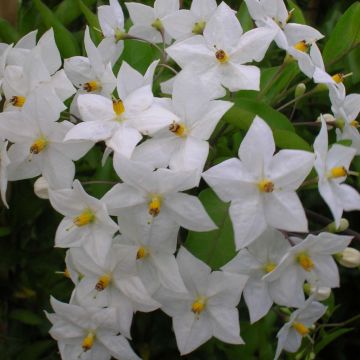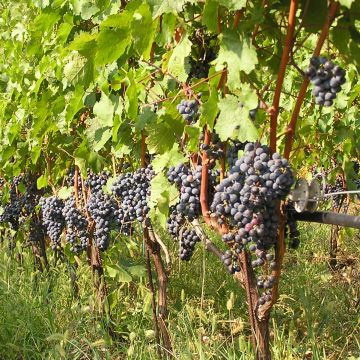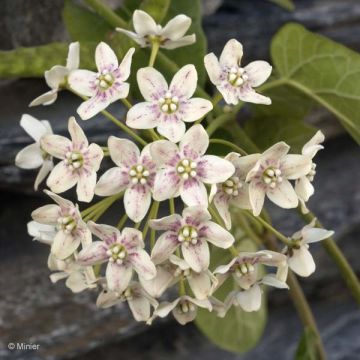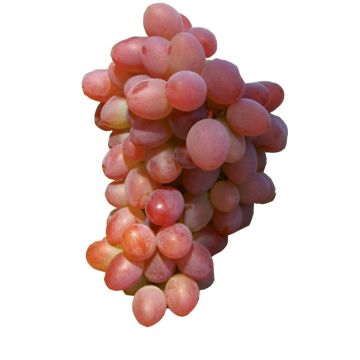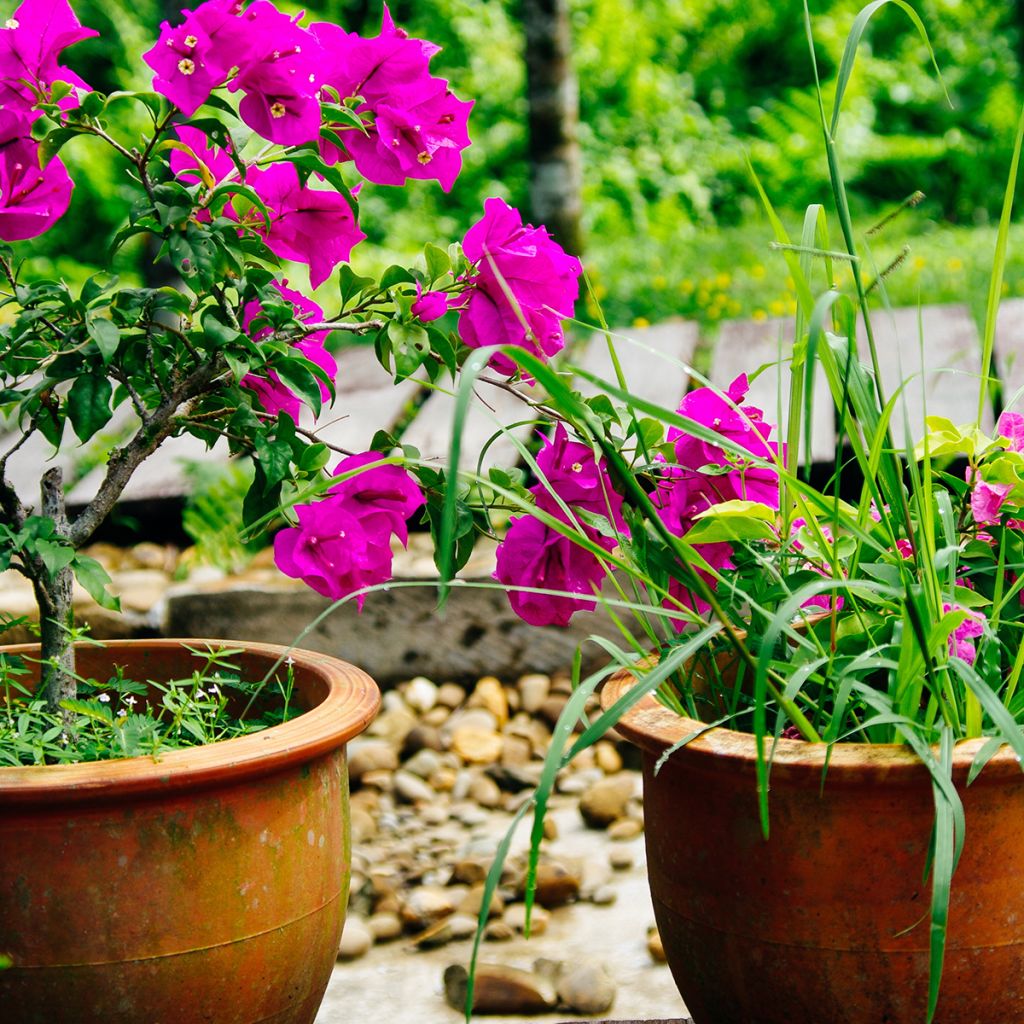

Bougainvillier Mini Thaï
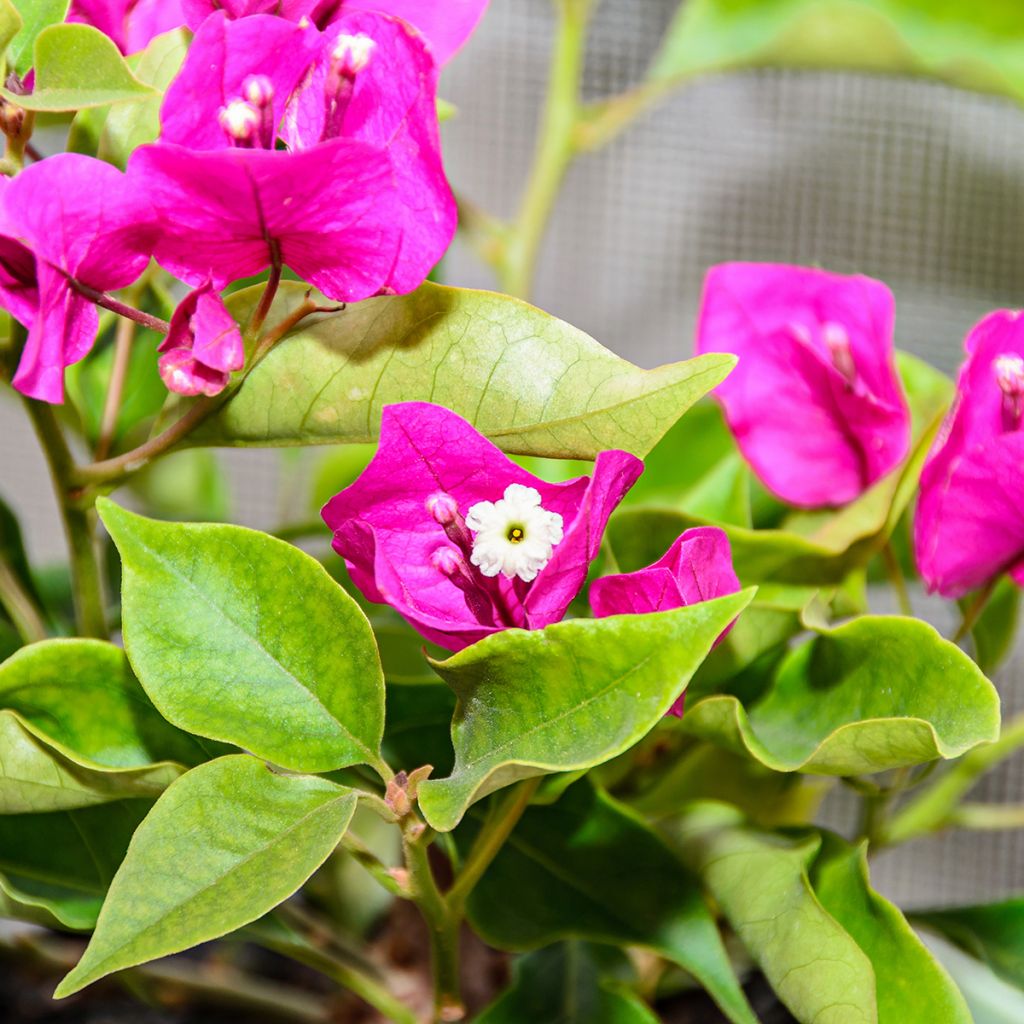

Bougainvillier Mini Thaï
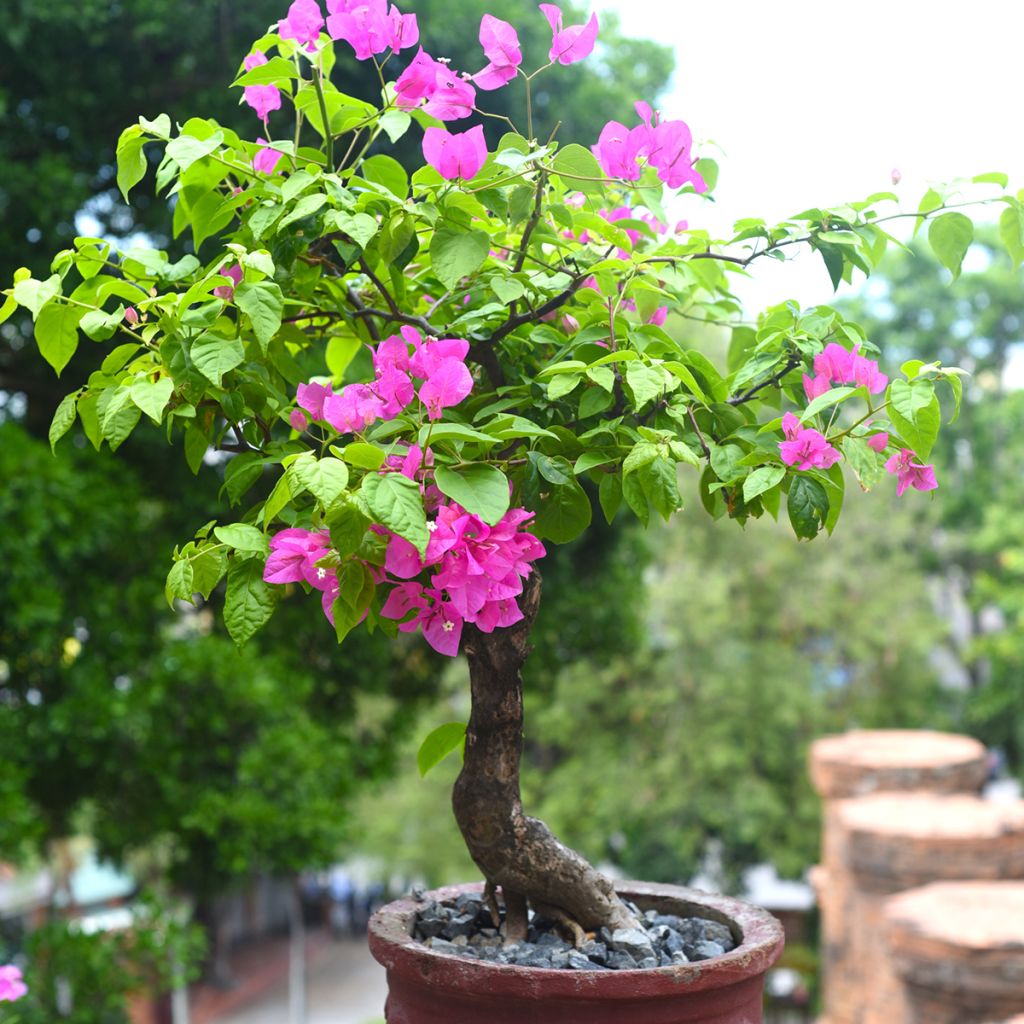

Bougainvillier Mini Thaï
Bougainvillea x hybrida Mini Thaï
Bougainvillea x hybrida Mini Thaï
Paper Flower
Received with several broken branches, considering the price of the plant, it's very disappointing!
Violaine, 30/06/2023
Special offer!
Receive a €20 voucher for any order over €90 (excluding delivery costs, credit notes, and plastic-free options)!
1- Add your favorite plants to your cart.
2- Once you have reached €90, confirm your order (you can even choose the delivery date!).
3- As soon as your order is shipped, you will receive an email containing your voucher code, valid for 3 months (90 days).
Your voucher is unique and can only be used once, for any order with a minimum value of €20, excluding delivery costs.
Can be combined with other current offers, non-divisible and non-refundable.
Home or relay delivery (depending on size and destination)
Schedule delivery date,
and select date in basket
This plant carries a 6 months recovery warranty
More information
We guarantee the quality of our plants for a full growing cycle, and will replace at our expense any plant that fails to recover under normal climatic and planting conditions.
Would this plant suit my garden?
Set up your Plantfit profile →
Description
Bougainvillea Mini Thai is a unique variety among Bougainvilleas, with a bushy habit instead of climbing. Far from the exuberance of other varieties, this one stands out with slow growth, reduced internodes, and a compact habit. Its upright and rigid branches are devoid of thorns, as they don't need to climb for support. 'Mini Thai' forms a bush as wide as it is tall, with branches bearing elongated leaves that are narrower than those of other varieties. The flowering is equally beautiful, consisting of tightly packed bright pink flowers along the branches. Frost-sensitive, it should be grown in a pot and protected during winter.
Bougainvillea belongs to the Nyctaginaceae family, just like Mirabilis jalapa. The genus comprises 14 species native to South America, in subtropical and tropical climates. They are climbing plants with long stems armed with strong thorns that help them reach heights of several metres.
'Mini Thai' has a very different morphology. This horticultural variety of uncertain origin is dwarf in comparison to these powerful climbers, as it forms a low bush about 1 to 1.20 meters (3 to 4 feet) high, reaching a maximum of 1.50 meters (5 feet) in mature specimens. Its upright habit is very recognizable, with stiff branches that rise vertically and then curve slightly outward, forming a well-filled 'goblet' that is often as wide as it is tall.
With much slower growth than other varieties of Bougainvilleas, 'Mini Thai' is well-suited for pot cultivation and creating pseudo-bonsai. The internodes are very short, and the leaves are smaller, relatively narrow, and very pointed. The branches thus have a particular, highly decorative pattern.
The flowers are also smaller, 2 to 3 cm (1in) in size, and are tightly packed and interspersed between the leaves, creating a unique aesthetic. In reality, it is the bracts that are admired in these plants, bright pink in Mini Thai. The true flowers are tubular, located at the centre of the bracts, and relatively inconspicuous, except that their tips open up into a white trumpet, creating a beautiful contrast with the pink bracts. The flowering lasts for almost half the year, from spring to autumn, making this Bougainvillea one of the best flowering plants for the garden, and patios as potted plants.
It thrives in full sun and tolerates drought fairly well, which enhances its flowering. It is a low-maintenance plant, growing in most non-calcareous soils, as long as they are well-drained, especially in winter, to avoid exacerbating the effects of frost. Cold is indeed the weak point of this variety, which can only survive in the open ground in the most favourable microclimates. Frost quickly damages the foliage, which turns brown at -2°C (28.4°F), then falls off as the tips of the branches freeze, followed by the entire plant at around -5°C (23°F). Fortunately, pot cultivation is very easy due to its slow growth and tolerance to pruning, allowing for easy control of its size and the ability to bring it indoors, into a not-too-warm and well-lit room, during winter.
Bougainvillea Mini Thai is a gem. Simply bring it indoors before the first frost to enjoy its magnificent and delightfully exotic flowering throughout the season. To create a scene on your patio, accompany it with other frost-tender plants such as Solanum rantonetti, which is covered with small blue-violet flowers with yellow centers from summer until the first frost. Many Mediterranean perennials also make beautiful potted plants, such as Euryops pectinatus, a ball of grey-green foliage adorned with yellow daisy-like flowers throughout the season.
Bougainvillea x hybrida Mini Thaï in pictures
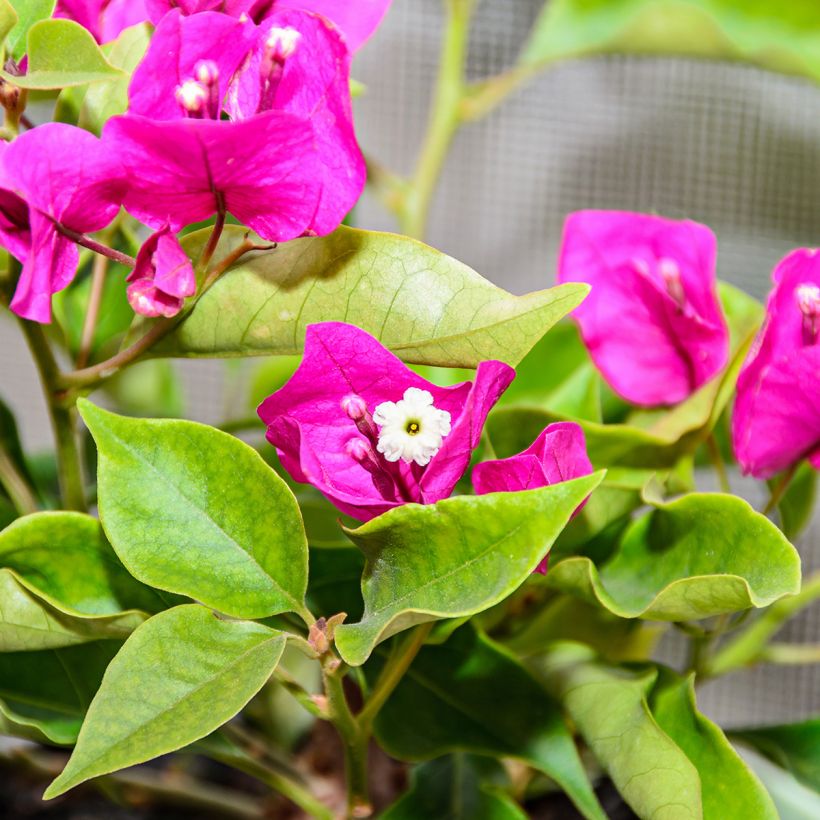

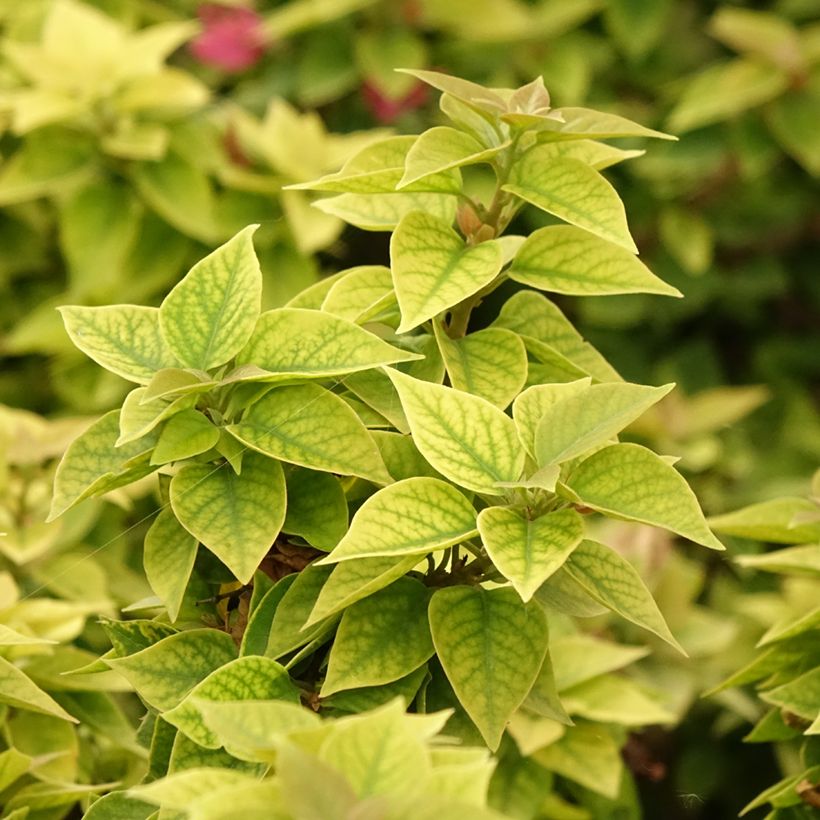

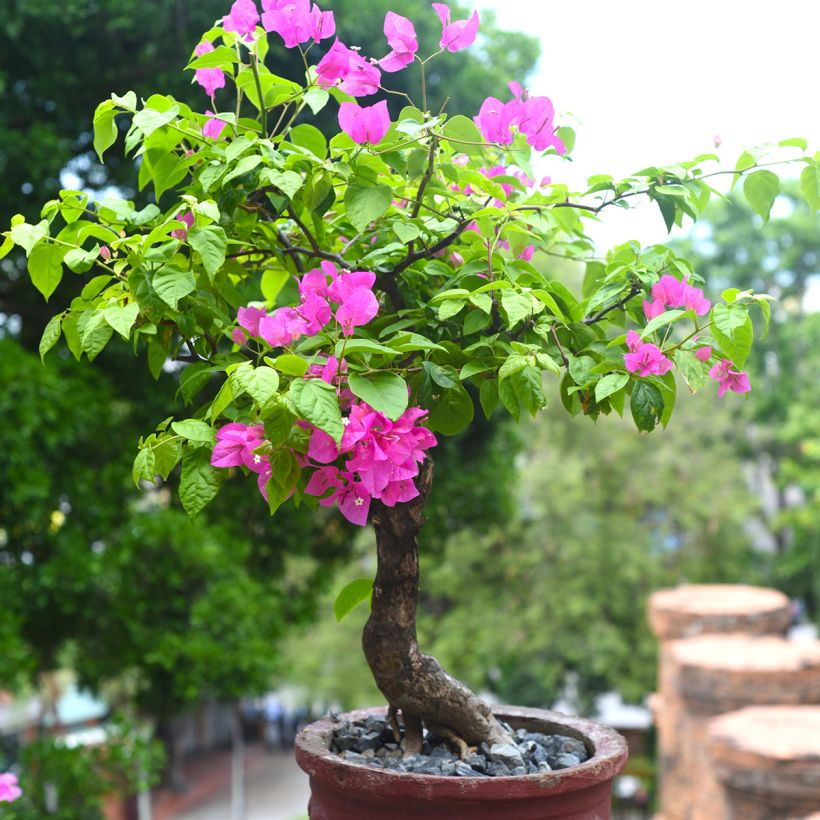

Plant habit
Flowering
Foliage
Botanical data
Bougainvillea
x hybrida
Mini Thaï
Nyctaginaceae
Paper Flower
Cultivar or hybrid
Other Bougainvillea
View all →Planting and care
Plant Bougainvillea in open ground: in spring, after the last frost.
Whether in a pot or in open ground, Bougainvillea requires maximum sunlight, a light, well-drained soil without excess limestone. The optimum pH is between 5.5 and 6.5. During planting, in spring, we recommend mixing two-thirds compost with one-third garden soil. Bougainvillea is a plant that prefers drier soil and can tolerate drought once well established. A less watered Bougainvillea will have more flowers, but its growth will be slower. Water regularly during the growing season. Allow the soil to dry between waterings. In winter, reduce the frequency of watering.
Feeding is not absolutely necessary, except in depleted soil. During the growing and flowering season, generally from spring to the end of summer, you can apply a fertiliser (low in nitrogen). We recommend a base fertiliser with 1N (nitrogen unit), 0.75 P (phosphorus unit), 2.5 K (potassium unit). Stop feeding during the vegetative rest period, in winter.
Bougainvillea can be trained according to your preferences. As groundcover, let nature take its course. This bush requires support to climb. You can train it on a trellis fixed to a wall or an arch, by regularly winding the young, thin and flexible shoots around the support. Use flexible, non-metallic ties to attach the branches. Be careful, some varieties have very thorny stems!
Prune sparingly: pruning should be done in late winter, when the plant starts growing again. It should be light to not hinder the plant's growth. It is preferable to bend the branches horizontally or towards the ground. This technique effectively stimulates branching.
Pot planting for indoor use:
For most varieties, it is preferable to plant them in pots so that they can be brought indoors before autumn, to protect them from the cold. In a pot, you can keep your plant on a veranda,or in a window. Choose a quality, light and fibrous potting soil, rich in turf. Water regularly during the growing season and apply a fertiliser with 1N (nitrogen unit), 0.75 P (phosphorus unit), 2.5 K (potassium unit). Allow the soil to dry between waterings. In winter, reduce the frequency of watering and stop feeding.
Planting period
Intended location
Care
Planting & care advice
-
, onOrder confirmed
Reply from on Promesse de fleurs
Similar products
Haven't found what you were looking for?
Hardiness is the lowest winter temperature a plant can endure without suffering serious damage or even dying. However, hardiness is affected by location (a sheltered area, such as a patio), protection (winter cover) and soil type (hardiness is improved by well-drained soil).

Photo Sharing Terms & Conditions
In order to encourage gardeners to interact and share their experiences, Promesse de fleurs offers various media enabling content to be uploaded onto its Site - in particular via the ‘Photo sharing’ module.
The User agrees to refrain from:
- Posting any content that is illegal, prejudicial, insulting, racist, inciteful to hatred, revisionist, contrary to public decency, that infringes on privacy or on the privacy rights of third parties, in particular the publicity rights of persons and goods, intellectual property rights, or the right to privacy.
- Submitting content on behalf of a third party;
- Impersonate the identity of a third party and/or publish any personal information about a third party;
In general, the User undertakes to refrain from any unethical behaviour.
All Content (in particular text, comments, files, images, photos, videos, creative works, etc.), which may be subject to property or intellectual property rights, image or other private rights, shall remain the property of the User, subject to the limited rights granted by the terms of the licence granted by Promesse de fleurs as stated below. Users are at liberty to publish or not to publish such Content on the Site, notably via the ‘Photo Sharing’ facility, and accept that this Content shall be made public and freely accessible, notably on the Internet.
Users further acknowledge, undertake to have ,and guarantee that they hold all necessary rights and permissions to publish such material on the Site, in particular with regard to the legislation in force pertaining to any privacy, property, intellectual property, image, or contractual rights, or rights of any other nature. By publishing such Content on the Site, Users acknowledge accepting full liability as publishers of the Content within the meaning of the law, and grant Promesse de fleurs, free of charge, an inclusive, worldwide licence for the said Content for the entire duration of its publication, including all reproduction, representation, up/downloading, displaying, performing, transmission, and storage rights.
Users also grant permission for their name to be linked to the Content and accept that this link may not always be made available.
By engaging in posting material, Users consent to their Content becoming automatically accessible on the Internet, in particular on other sites and/or blogs and/or web pages of the Promesse de fleurs site, including in particular social pages and the Promesse de fleurs catalogue.
Users may secure the removal of entrusted content free of charge by issuing a simple request via our contact form.
The flowering period indicated on our website applies to countries and regions located in USDA zone 8 (France, the United Kingdom, Ireland, the Netherlands, etc.)
It will vary according to where you live:
- In zones 9 to 10 (Italy, Spain, Greece, etc.), flowering will occur about 2 to 4 weeks earlier.
- In zones 6 to 7 (Germany, Poland, Slovenia, and lower mountainous regions), flowering will be delayed by 2 to 3 weeks.
- In zone 5 (Central Europe, Scandinavia), blooming will be delayed by 3 to 5 weeks.
In temperate climates, pruning of spring-flowering shrubs (forsythia, spireas, etc.) should be done just after flowering.
Pruning of summer-flowering shrubs (Indian Lilac, Perovskia, etc.) can be done in winter or spring.
In cold regions as well as with frost-sensitive plants, avoid pruning too early when severe frosts may still occur.
The planting period indicated on our website applies to countries and regions located in USDA zone 8 (France, United Kingdom, Ireland, Netherlands).
It will vary according to where you live:
- In Mediterranean zones (Marseille, Madrid, Milan, etc.), autumn and winter are the best planting periods.
- In continental zones (Strasbourg, Munich, Vienna, etc.), delay planting by 2 to 3 weeks in spring and bring it forward by 2 to 4 weeks in autumn.
- In mountainous regions (the Alps, Pyrenees, Carpathians, etc.), it is best to plant in late spring (May-June) or late summer (August-September).
The harvesting period indicated on our website applies to countries and regions in USDA zone 8 (France, England, Ireland, the Netherlands).
In colder areas (Scandinavia, Poland, Austria...) fruit and vegetable harvests are likely to be delayed by 3-4 weeks.
In warmer areas (Italy, Spain, Greece, etc.), harvesting will probably take place earlier, depending on weather conditions.
The sowing periods indicated on our website apply to countries and regions within USDA Zone 8 (France, UK, Ireland, Netherlands).
In colder areas (Scandinavia, Poland, Austria...), delay any outdoor sowing by 3-4 weeks, or sow under glass.
In warmer climes (Italy, Spain, Greece, etc.), bring outdoor sowing forward by a few weeks.






























